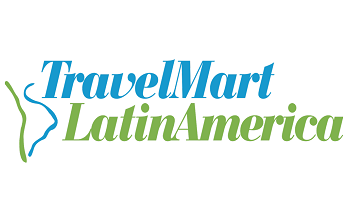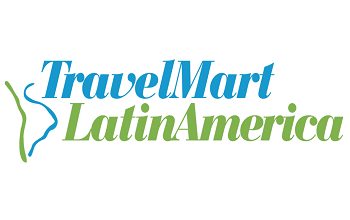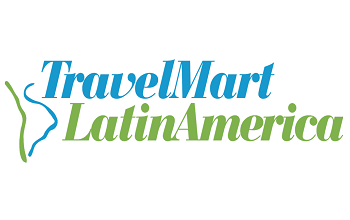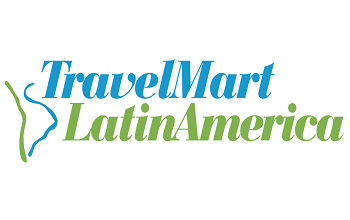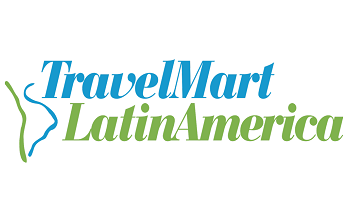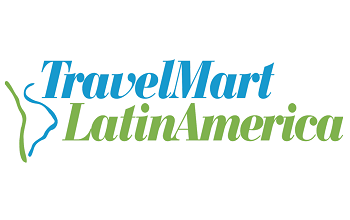♦ RETAIL THERAPY in Quito and throughout the country is going to focus on Ecuador’s outstanding range of handicrafts: super-fine buys in weavings, textiles, ceramics, wood carvings, paintings, silver, gold, vegetable ivory (tagua). Hone your haggling skills at El Edjido Park, across the street from the Colon Hilton, which turns into an alfresco art gallery of mostly and many very good paintings and some sculpture. Along the northern end of the park, other artisans man of handmade jewelry, alpaca scarves, wooden flutes and other crafts. Nearby and any day is time to spend an hour or two to shopping around for crafts and souvenirs among the 200 stalls of Mercado Artesanal La Mariscal, ablaze with color: ponchos, sandals, bags, woolly hats and gloves fluffy carpets, tagua nut necklaces, shawls, Ecuadorian football shirts.
♦ The ROSE TRAIL to the flower plantations highlands provides a fragrant journey of color and beauty, and along the way — starting in Guayallabamba and ending in Cayambe —, you learn about flower production in an environment that produces some of the highest quality flowers in the world. Ecuador is one of the world’s leading exporters of roses.
♦ ROAD TO RUINS leads surprising straight to Quito and environs; how many of us have explored:
- La Florida, a necropolis located in Quito’s northern San Vicente de la Florida barrio, is a find made in 2004; in this ancient cemetery (200 to 680 BC) revealed deep and fascinating burial chambers, including two filled with 16 people, who were buried alongside mounds of ceramic, spondylus shells, jewelry and gold. There is a site museum.
- In the southern sector of the city is Rumipamba, a site designated as a park and displaying remains of housing, walls, irrigation canals and surprising quantities of ceramic shards. The site attests to a valley populated by farmers who settles as far back as 2000 BC, and is the first site to date showing vestiges of pre-Inca walls in Quito center.
- Rumicucho! Lies close to the Mitad del Mundo monument. The splendid remains — well perhaps not as commanding as Ingapirca outside Cuenca — of this Incan-Caranqui fortress (500 to 1500 A.D.) sit strategically hilltop, positioned to provide viewpoints on invading forces. Archaeologists’ excavations and restorations have revealed terraces and platforms, as well as the remains of living quarters, and artifacts from the site are in the local museum, as well as in the Banco Central Museum in Quito.

